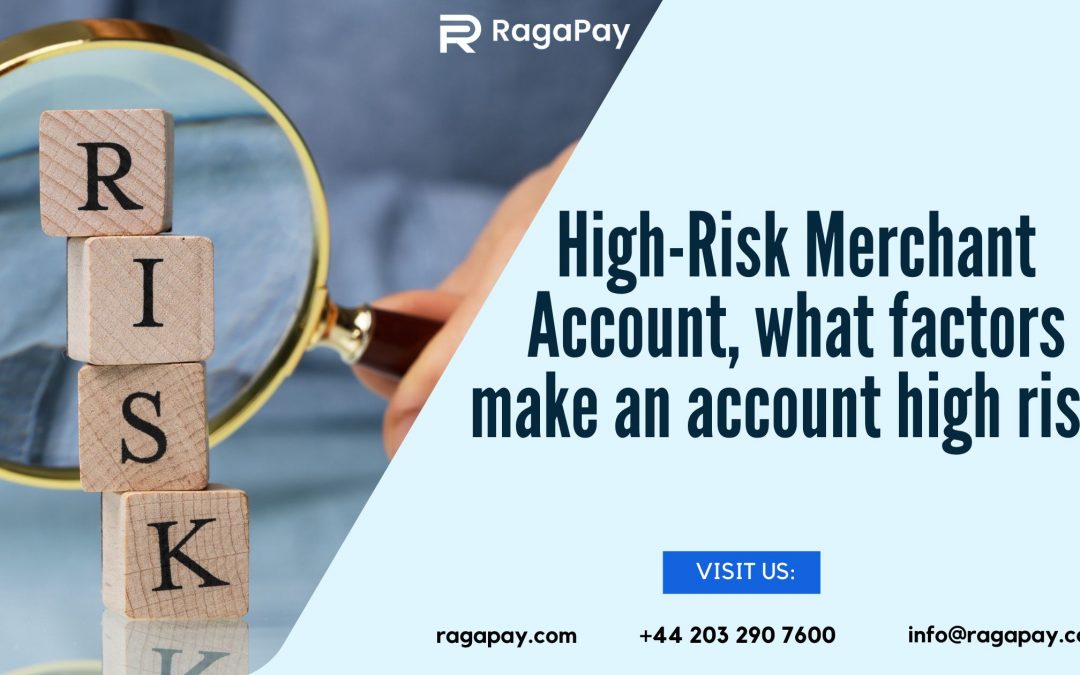Introduction
Your company has now been operating for some time and is beginning to grow. Congratulations! Finding a method to take payments from your clients is one of the new obstacles that come with success.
If you’re like the majority of small company owners, you’ve undoubtedly heard that it’s hard to get a high risk merchant account. And it’s true that the majority of banks and payment processors won’t cooperate with high-risk enterprises. That said, there is still hope.
There are a few businesses that focus on high-risk merchant accounts, and we’ll cover all you need to know about how to apply for one in this piece.
What is a High-Risk Merchant Account?
Businesses in some sectors may accept credit and debit card payments using a high risk merchant account. Because they are thought to be more susceptible to chargebacks or fraud, these firms are classified as high risk.
High-risk industries include, among others:
– Online gambling
– Forex
– Crypto
– Adult entertainment
– Travel
– Tobacco
– E-Cigarettes
– CBD
What Makes a High-Risk Merchant Account Needful?
The short answer is that you must have a merchant account in order to accept credit card payments. How about a merchant account, though? To put it briefly, it is a specific kind of bank account that enables companies to accept credit card payments.
I have a company checking account; why do I need a merchant account? You may be asking. The distinction is that when you have a merchant account, the money from credit card sales is immediately put into your account. The money may not be accessible right away with a standard checking account.
There are a few things you should be aware of if you’re considering opening a merchant account. The two different categories of merchant accounts are high-risk and low-risk.
High-risk merchant accounts have greater fees than low-risk accounts, as you would expect. That’s because chargebacks and fraud are more likely to occur in high-risk firms. Therefore, if you’re considering opening a high-risk merchant account, be ready to incur greater costs.
How to Get a High Risk Merchant Account?
Understanding what a high-risk merchant account is is the first step. With the use of a high-risk merchant account, companies may accept credit and debit card payments even if they are deemed high-risk.
You may be asking how to get a high-risk merchant account now that you know what it is. It’s not as complicated as you may expect, which is excellent news. In reality, there are several approaches you could take.
Finding a merchant service provider with a focus on high-risk accounts is one approach. These service providers often have connections to banks and payment processors who are open to doing business with high-risk enterprises.
Working with a standard merchant service provider and just informing them that your company is regarded as high risk is another option to get a high-risk merchant account. They’ll often be able to assist you in identifying a solution that suits your company.
There you have it, then! What a high-risk merchant account is and how to acquire one are now clear to you.
What are the benefits of a merchant account for high-risk businesses?
The advantages of having a high-risk merchant account are many. One benefit is that you will be able to accept payments from consumers using credit and debit cards. As it makes it simpler for clients to pay you, this may be a huge asset if you’re looking to improve your sales.
Another advantage of having a high-risk merchant account is that it may assist you in establishing the reputation of your company. Your company may seem more reputable and professional if you can demonstrate that you can take credit and debit card payments. This may really aid in expanding your consumer base and bringing in new clients.
Finally, a high-risk merchant account might enable you to make financial savings. A high-risk merchant account might assist you in obtaining reduced costs for credit and debit card processing if you are currently paying higher fees. In the long run, this might wind up saving you a ton of cash, which is always advantageous.
What Are the Risks of Not Having a High Risk Merchant Account?
You’re putting your company in danger in a number of ways if you don’t have a high risk merchant account and are processing payments via a normal account.
First, you could be making larger payments. Lower costs are associated with standard merchant accounts, but if your company is classified as high-risk, you will have to pay more to accept payments.
Second, you can be placing your company in danger of chargebacks or fraud. Your payment processor has concluded that your company is more likely to experience fraud or chargebacks if it is classified as high-risk. This may result in the suspension or termination of your account, which might have a significant negative impact on your company.
And last, it could be challenging to establish a merchant account in the first place. Some payment processors may not want to engage with you if your company is seen as high-risk. This may restrict your capacity to take credit card and debit card payments, which may have an adverse effect on your revenue.
Conclusion
You may take action to reduce these risks now that you are aware of the elements that make an account high risk. A payment processor that focuses on high-risk merchant accounts is another option. These processors have the expertise and know-how to guide you through the process of setting up a high-risk merchant account and helping you choose the appropriate payment gateway and solutions for your company.

